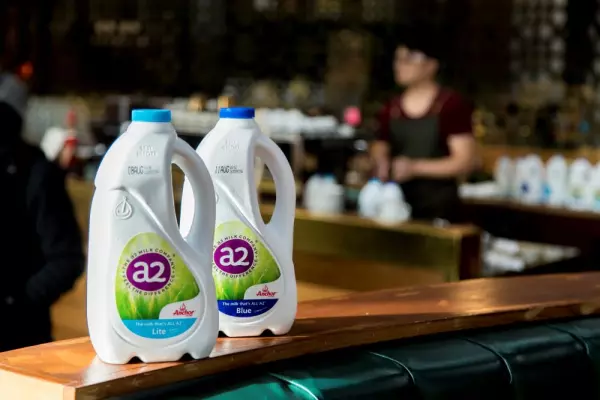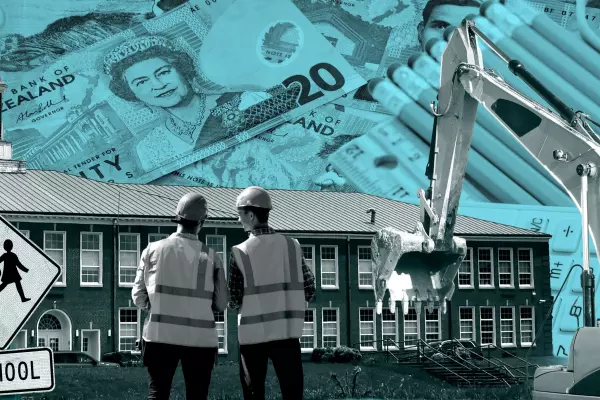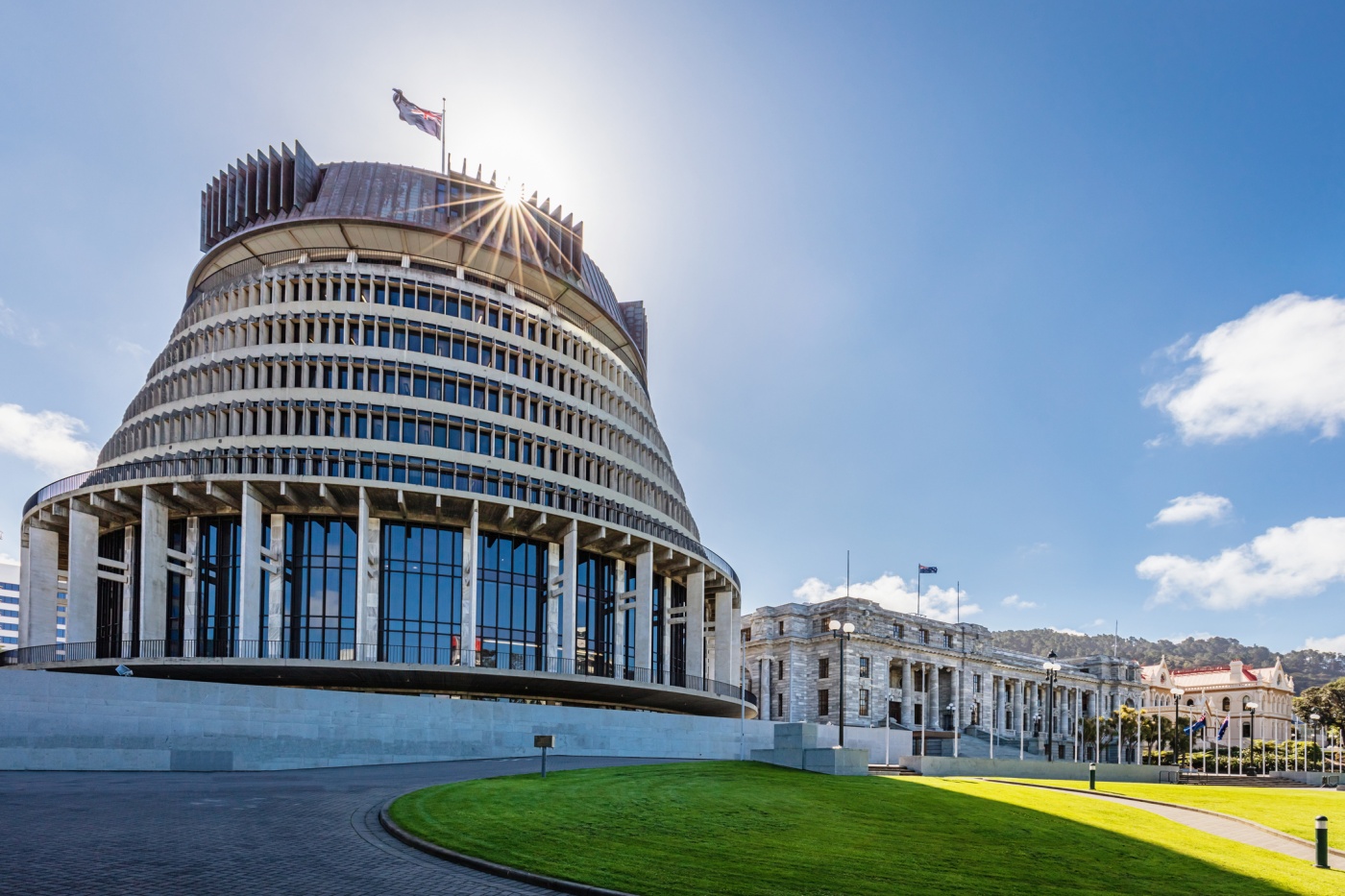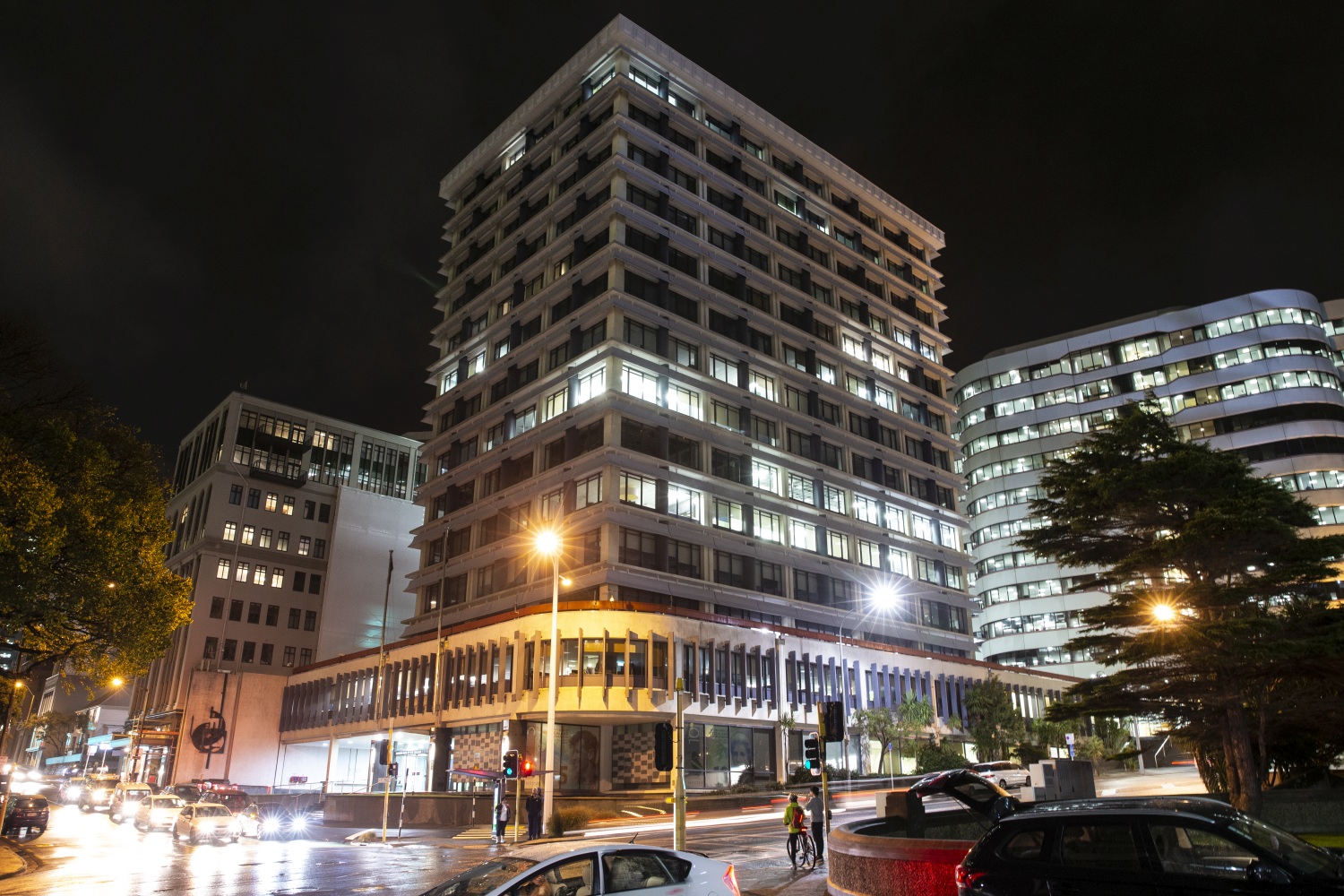The economy finally recovered from the damage inflicted by the delta outbreak in the second quarter of 2022, almost exactly a year since it took a $3 billion chunk out of economic output.
Gross Domestic Product (GDP) data showed the value of the economy* was $68.3b, compared to $68b a year earlier, just before Auckland was plunged into a 100-day lockdown.
A modest recovery at the end of 2021 was then dented by the omicron outbreak at the start of this year.
Before the delta outbreak, the economy responded quickly to the sugar rush of fiscal and economic stimulus pumped into it to offset covid restrictions.
That was helped by a year mostly free of covid inside New Zealand's borders.
Underneath this headline figure, though, different parts of the economy responded in different ways to the shock.
For some sectors the pandemic was a boon, others are still feeling the pain.
The end result is a larger, but different economy than before the pandemic. It is one that is more reliant on services than goods and one in which the output of skilled service workers has grown by close to $1b per quarter, while the education, financial and recreational service sectors are still yet to recover.
The different sectors of the economy can be grouped into four types based on how the pandemic has affected them.
Pandemic winners
These are all industries that are now between 8% and 16% larger in 2022 than they were before the pandemic.
The health and social assistance industry now contributes $600 million more to the economy per quarter – almost 1% of GDP's extra value. It's no surprise to see health output growing during a pandemic.
The biggest gain in terms of actual value has been in the professional, scientific and technical services sector, which has added another $900m in quarterly GDP since 2019.
Most of this gain has happened in the past 12 months. Both these sectors are up 16% since the beginning of the pandemic.
With strong consumer demand for goods, both retail and wholesale trade also recovered quickly, although retail has declined in 2022 – hurt by lower consumer confidence.
The not-so winners
The transport and logistics sector has been dented by the lack of tourists.
It did just return to pre-covid levels in the second quarter of this year but has been significantly below that level for the past two years.
The lack of international students has wiped about 6%, or more than $100m, of the output of the education sector per quarter. Likewise, arts and recreation services have felt the pinch of missing tourists and the restrictions placed on locals. It still remains 8% smaller than pre-covid but contracted by almost 25% during the Auckland lockdown.
Sensitive to covid measures
Then there are those industries that contracted quickly whenever covid restrictions were enforced, only to bounce back quickly when they were eased.
Hospitality (officially known as accommodation and food services), manufacturing and construction have been the ultimate covid-restriction bellwether industries.
With all restrictions ended and the borders fully reopened, hospitality should look forward to a more consistent future, although it will always be vulnerable to an economic downturn.
The manufacturing and construction sectors both shrank in the second quarter of 2022.
Quickly back to business as usual
In rural areas, the economy quickly bounced back from the initial hit and has grown steadily since. There were restrictions on the agriculture, forestry and fishing sectors in the initial lockdown, but they were largely spared as the pandemic wore on. Most of this activity also takes place outside of the Auckland region, which bore the brunt of the delta restrictions.
The media and telecommunications, and rental and real-estate sectors followed a similar path – affected at the beginning of the pandemic, but largely unhindered after that.
* GDP in constant 2009/10 prices.














